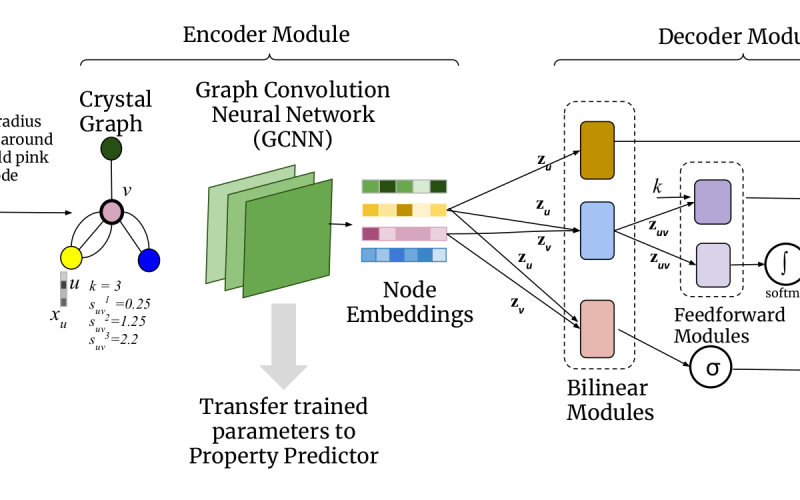
Prediction of Crystal Properties through AI assisted Machine Learning – CrysXPP
Hearing the word crystals, people commonly recognize it to be a shiny material associated with a part of jewellery considering their shapes of flat faces with sharp angles. In actuality, crystalline materials have a much wider range of applications, for example in laser technology, optics, high-energy physics, biomedical technology and light-emitting diodes. Each area of application requires a specific type of material. New crystalline materials are constantly being tested to determine whether they have the desired properties. A crystal is scientifically defined by its microscopic atomic arrangement, not its macroscopic shape. Its crystallographic forms are sets of possible faces of…
